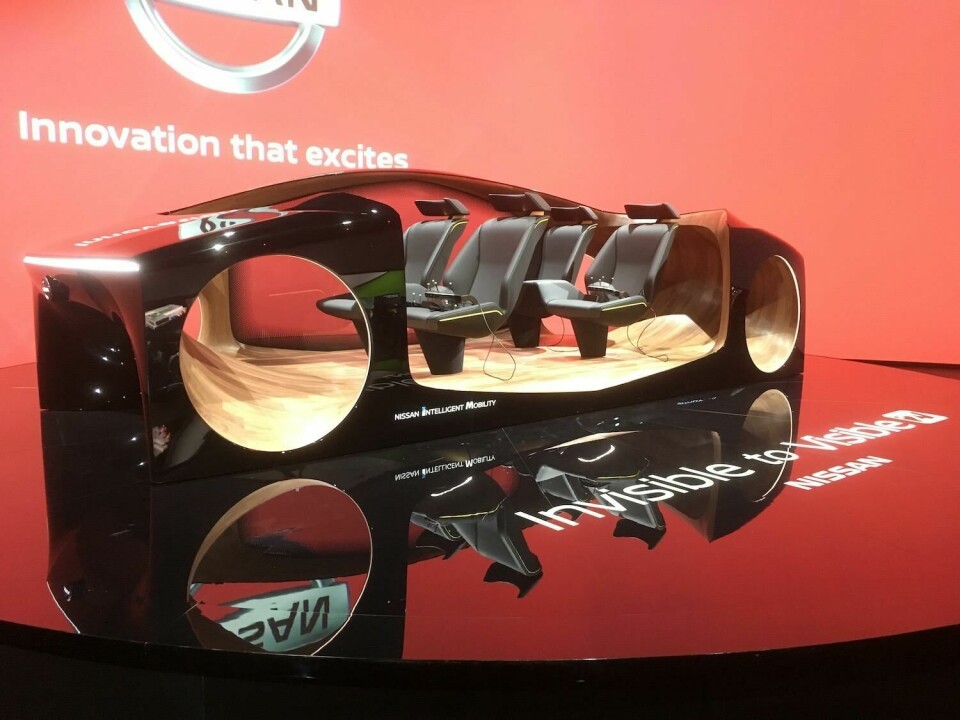
CES 2019: It’s all about the interface
If there was one over-arching trend at CES 2019, it was the interface. Car Design News reports from the show
If there was one over-arching trend at CES this year, it was the interface. Or interfaces, in fact – the two types split fairly evenly into interfaces between a human and a vehicle, and interfaces between a vehicle and its surroundings.
The first kind made much use of face recognition technology and other biometric data, judging a driver’s mood, mental state, degree of alertness, potential for distraction and much else, then either feeding those back to the human involved or bypassing the driver entirely and using those inputs to control various elements of the car’s behaviour.

Screen displays were large and complex, and clearly there’s much work to be done on making the vast amount of information available simple, logical and intuitive. And the VR goggles which were still in use for many demonstrations are unlikely to become preferred driving wear any time soon.

However, there were some undoubtedly clever and sophisticated techniques on show which are likely to have major implications for safety and personalisation (not to mention privacy).

The second type of interface used external sensors of various kinds, plus 3D mapping and machine-learning software, to gauge road hazards and conditions, on a spectrum between giving the driver a little electronic help to making them entirely redundant by taking over control.

One of the more interesting, and certainly one of the better-realised, came from Nissan with its ‘invisible-to-visible’ (or I2V) concept, shown off in a neat cutout concept car.

It claims to “merge information from sensors outside and inside the vehicle with data from the cloud. This enables the system not only to track the vehicle’s immediate surroundings but also to anticipate what’s ahead – even showing what’s behind a building or around the corner.”
There’s a video below which gives a slightly cheesy but interesting look at the system’s CES launch, and with the aid of the firm’s charming design director Alfonso Albaisa, explains what it’s supposed to do.



